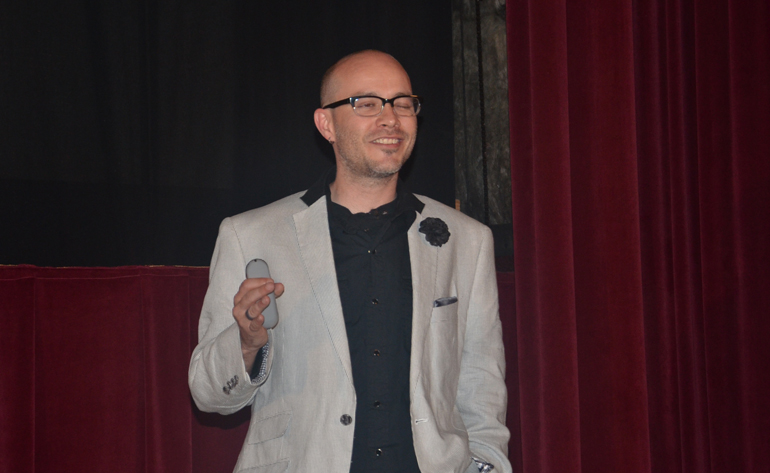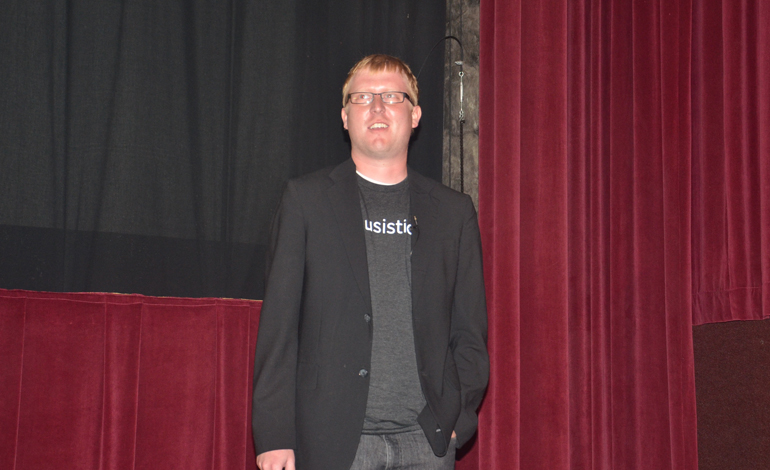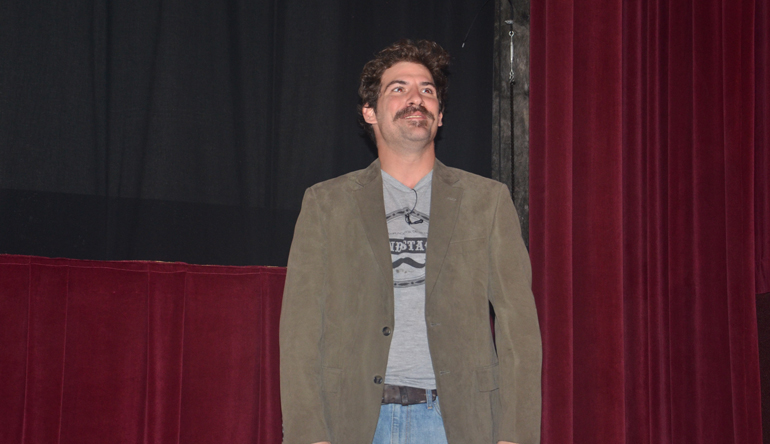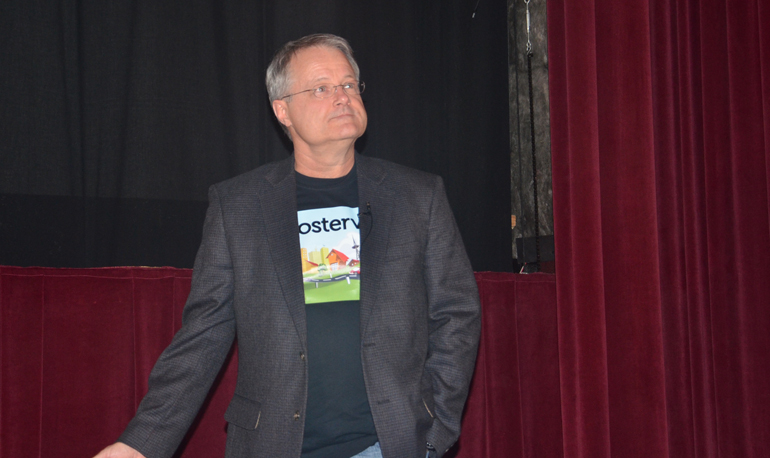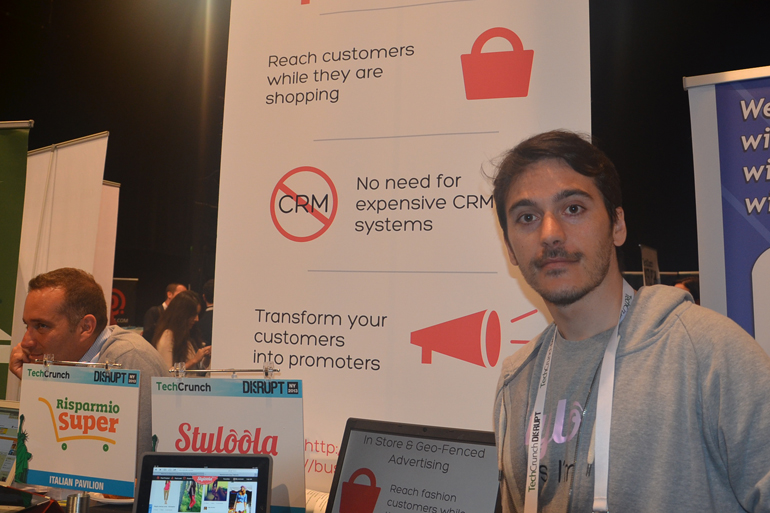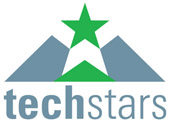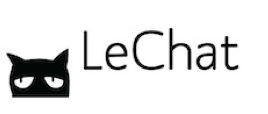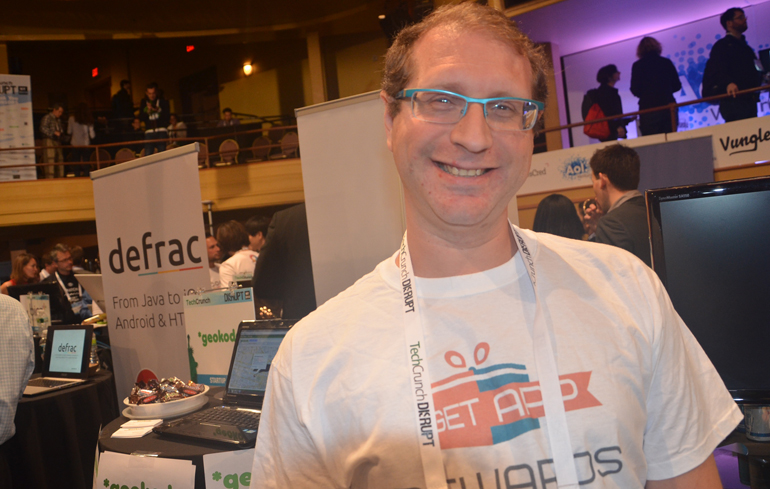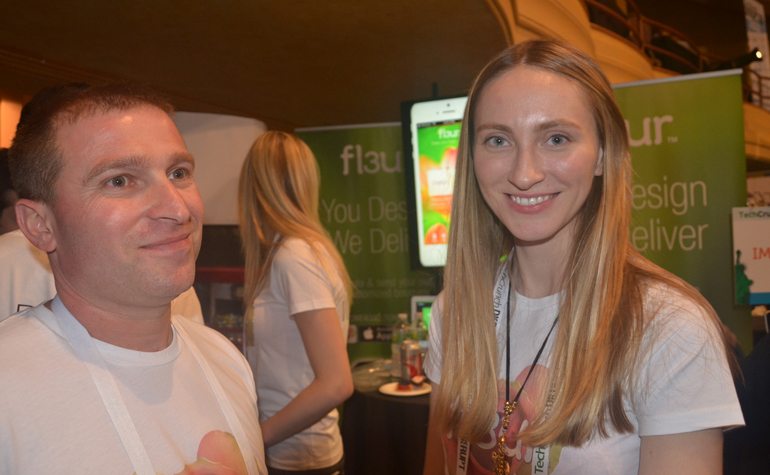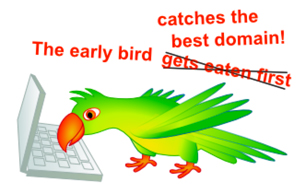 Last year ICANN and the powers that be with the internets announced that we were finally going to get some more “Top Level Domains” (TLD’s). For those not quite sure a TLD is an extension like .com, .co, .net etc.
Last year ICANN and the powers that be with the internets announced that we were finally going to get some more “Top Level Domains” (TLD’s). For those not quite sure a TLD is an extension like .com, .co, .net etc.
Companies across the globe paid outrageous application fees in hopes that their top level domain names would be selected. The TLD’s applied for ranged anywhere form .llc and .corp to .porn.
As these new TLD’s come online there is room for a new category of startup to navigate through the jungle of TLD’s. In fact the founder of Portland startup AboutUs, has founded Top Level Design (yes also TLD) to hopefully become a registrar for several new TLD’s including one’s the company owns like .blog, .gay, .photography and .wiki.
Mirek Sekera, a Microsoft technologies programmer turned entrepreneur and startup founder in Prague has created Jungle Navigator to help people access information about the new TLD’s and connect them to what they need to get going. Jungle Navigator hopes to provide one stop access to everything related to these new TLDs. New top level domains are big money, in fact, as Sekera points out in an interview, some of the applications for these new TLD’s were upwards of $180,000. That’s just to apply.
We got a chance to talk with Sekera, check out the Czech entrepreneurs interview below.
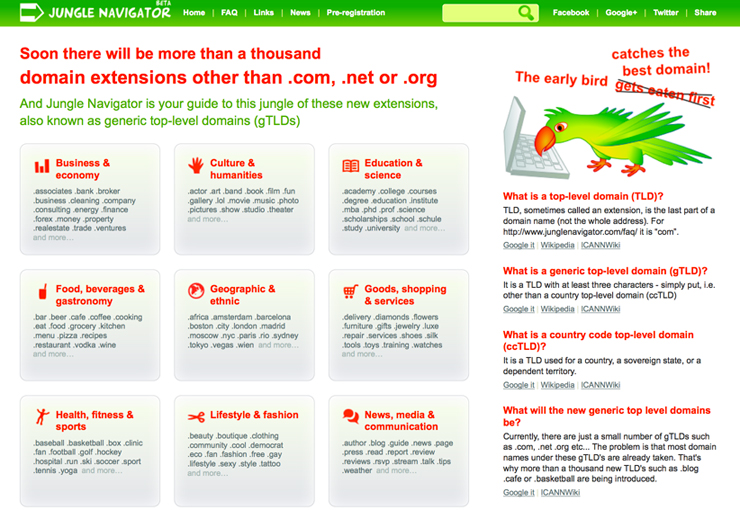 What is Jungle Navigator?
What is Jungle Navigator?
It is a portal on new domain name extensions (new generic top-level domains – new gTLDs) which were recently introduced by ICANN (Internet Corporation for Assigned Names and Numbers – the organization that controls all the TLDs).
The portal is operated through my company Glueo, s.r.o., which I set-up couple of years ago because of my previous project, which wasn’t successful.
In layman’s terms, how does it work? (In other words how would you explain it to your grandmother)
At the time, there is a TLD for each country (country code top level domain – ccTLD) like .us for United States or .uk for United Kingdom.
There is also about 20 generic top level domains (gTLDs), the most common are .com, .net or .org.
The situation about the gTLDs is going to change dramatically: ICANN (the organization that manages all the TLDs) recently introduced a program that allows any company or organization to come up with their own gTLD.
In the mid of 2012, ICANN revealed more than thousand such domains that almost two thousands companies and organizations applied for. They came with their company names (.google, .microsoft or .canon), city names (.nyc or .barcelona) or just common words like .blog, .app, .free or even .lol or .wtf. It is expected that the company-name gTLDs (brand gTLDs) will remain closed while most of the others will be open for (second-level domain) registration soon.
Jungle Navigator is a website that aims to help people to orientate in this jungle of the new gTLDs. It focuses to people and companies who do not want miss an opportunity to catch the best (second level) domains under the new gTLDs.
It provides information about them like:
– categorization and search;
– syndicated gTLD news from tech blogs and web-zines;
– information about pre-registration;
– general gTLD information and related links;
– discussion.
Who are the founders and what are their backgrounds?
Currently, it is just one-man show, operated by me, Miroslav Sekera, I am a Microsoft technologies programmer (.Net,C#,SQL) with about 10 years of experience and also have some graphic-design skills.
I have friends annoyed with their jobs and I hope I will take some as co-founders soon :-)
Where are you based?
In Prague, capital city of the Czech Republic, famous for architecture and beer with very good quality/price ratio :-)
What’s the startup scene/culture like where you’re based?
There were opened some nice incubators and accelerators in the couple of the last years.
My company is member of one – Czech Technical University’s incubator called Inovacentrum.
If you are any kind of startup person, go to Prague, everyone will want to talk to you as most people here want to be global and get in touch with anyone from outside of the Czech Republic.
How did you come up with the idea for Jungle Navigator?
I have read about the new gTLDs last year, and realized this is a big thing. Big companies like Google are investing huge money and effort into it. Cost for one gTLD application is $185k, and that’s just the beginning (they have other expenses like infrastructure, etc…).
I thought there will be required some place which will provide easy and simple access to all the related and required info, so I created the website.
Why now?
It’s just the highest time – this year, first gTLDs are expected to be operable – first startups will be launching with the domain names ending with the new gTLDs, and first corporations will be switching their websites to their corporate gTLDs. Then IMHO the big rush is going to come and Jungle Navigator must be ready to this.
Who are your competition?
There is one really handy encyclopedia, called ICANNWiki at
http://icannwiki.com/ , which (among others) also provides info about almost each new gTLD. I’m not really sure if it is competition, I am massively linking it from my website :-)
When listing other new gTLD information resources, I should not omit the official ICANN’s site dedicated to the new gTLDs at
http://newgtlds.icann.org/All the mentioned sites are targeted to domain name experts – while Jungle Navigator tries to provide information to anyone.
And what’s your secret sauce?
I try to watch what the others are saying and doing, but doing things my way.
People asked me why I don’t make the homepage a bit simpler. They said: “Look at Google, how their homepage is simple. And they are a hundred-billion dollar company”. Why there is so much stuff on your homepage? Google was, IMHO, successful because of the pagerank, not because of the simplicity of homepage. I am saying that because I remember when I started to use Google instead of AltaVista – because it was giving far better results. Perhaps even their oversimplified homepage is just their kind of style, part of their brand’s “personality” for which people remembers them – I don’t know. Or perhaps it is really better for most of their users.
I am just saying I don’t understand why also my homepage should be that simple. I put there quite a lot of information so that users can see most without clicking.
On the other hand, I don’t insist on that style of homepage. Once I have a reason (perhaps some kind of A/B testing) the homepage should look different, I would think about changing it.
Are you bootstrapped or funded?
Bootstrapped. Working from quite old desktop PC and my biggest expenses are food & coffee, I probably spend more than other people on that :-) But not too much more :-)
What are some milestones you’ve achieved?
– I have managed to get my project up and running.
– On Twitter, Jungle Navigator has some nice followers from the industry, like people from ICANN and also registries (operators) of new or classic TLDs.
What’s your next milestone?
Currently, my product is quite ready, now I need to let people know about it.
In the terms of the product development, I would need to do some usability testing – to find out what kind and what structure of information people need.
Who are some of your mentors and business role models?
Lately, I read book called “Unsinkable Entrepreneur” from Irish entrepreneur Enda O’Coinneen who is currently living in Prague. He is convinced that the entrepreneurship is kind of art, rather than science. I share such opinion. I don’t believe that success in business can be algorithmized and replicated without putting something else into it.
In the book Enda also writes about his grand-grand-father who went to Alaska in 19th century when there was a gold rush. He noticed that the most successful people there weren’t only the most lucky gold-diggers, but also people who were selling equipment and providing services to the gold-diggers. That’s the approach I like – when there is a kind of some hype or rush, it’s good to be part of it, but it’s also good to start thinking if there isn’t something better to do than the most obvious thing everyone else does.
Where can people find out more and what is your Twitter username?

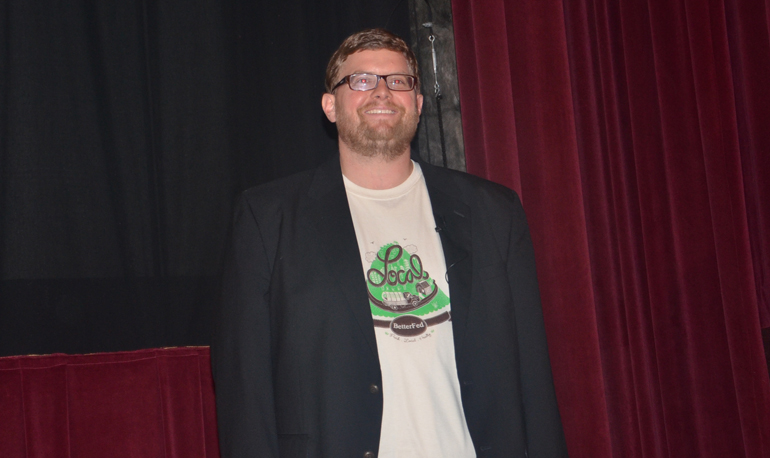 The story about how Scott Finney and his scientific outsourcing startup, IncreaseIf, pivoted to become BetterFed is a story that wouldn’t even fit here on the pages of nibletz. It’s actually a classic story of believing in the founder though and that’s what the team that vetted Seed Hatchery startups did. (disclosure I was on that team).
The story about how Scott Finney and his scientific outsourcing startup, IncreaseIf, pivoted to become BetterFed is a story that wouldn’t even fit here on the pages of nibletz. It’s actually a classic story of believing in the founder though and that’s what the team that vetted Seed Hatchery startups did. (disclosure I was on that team).


